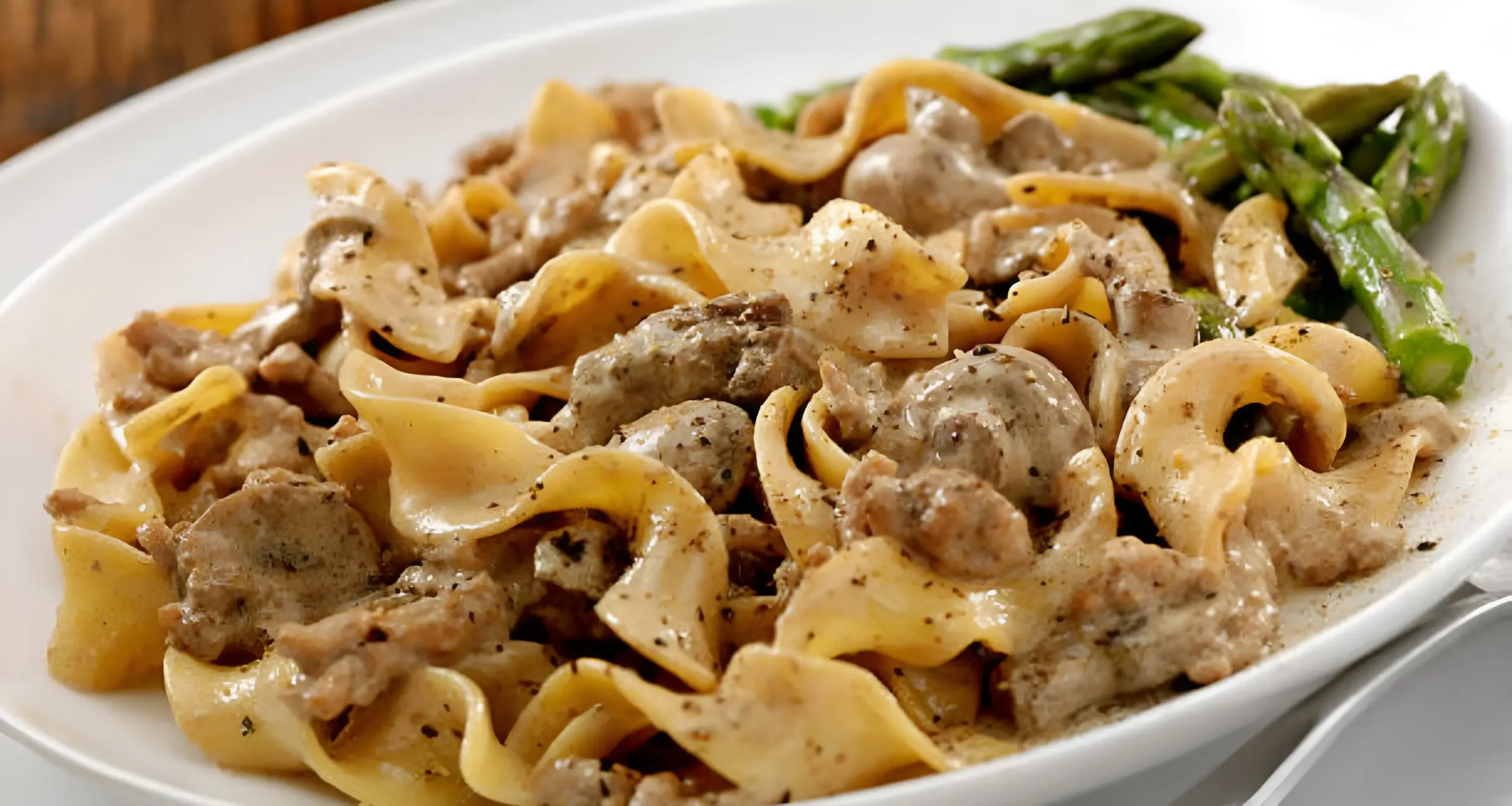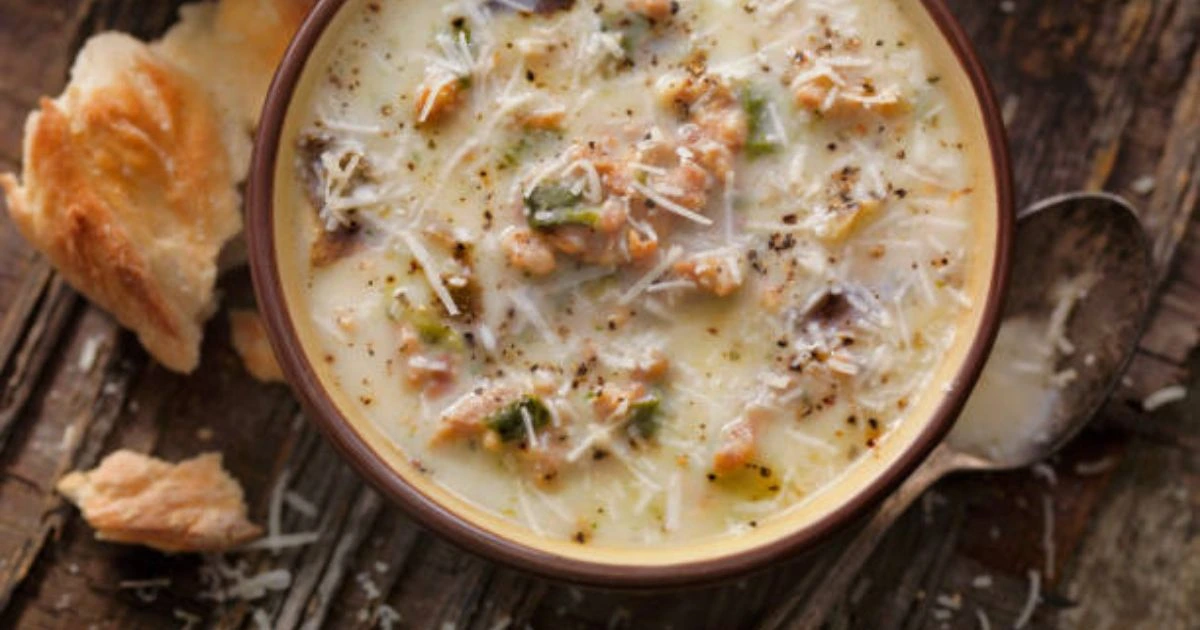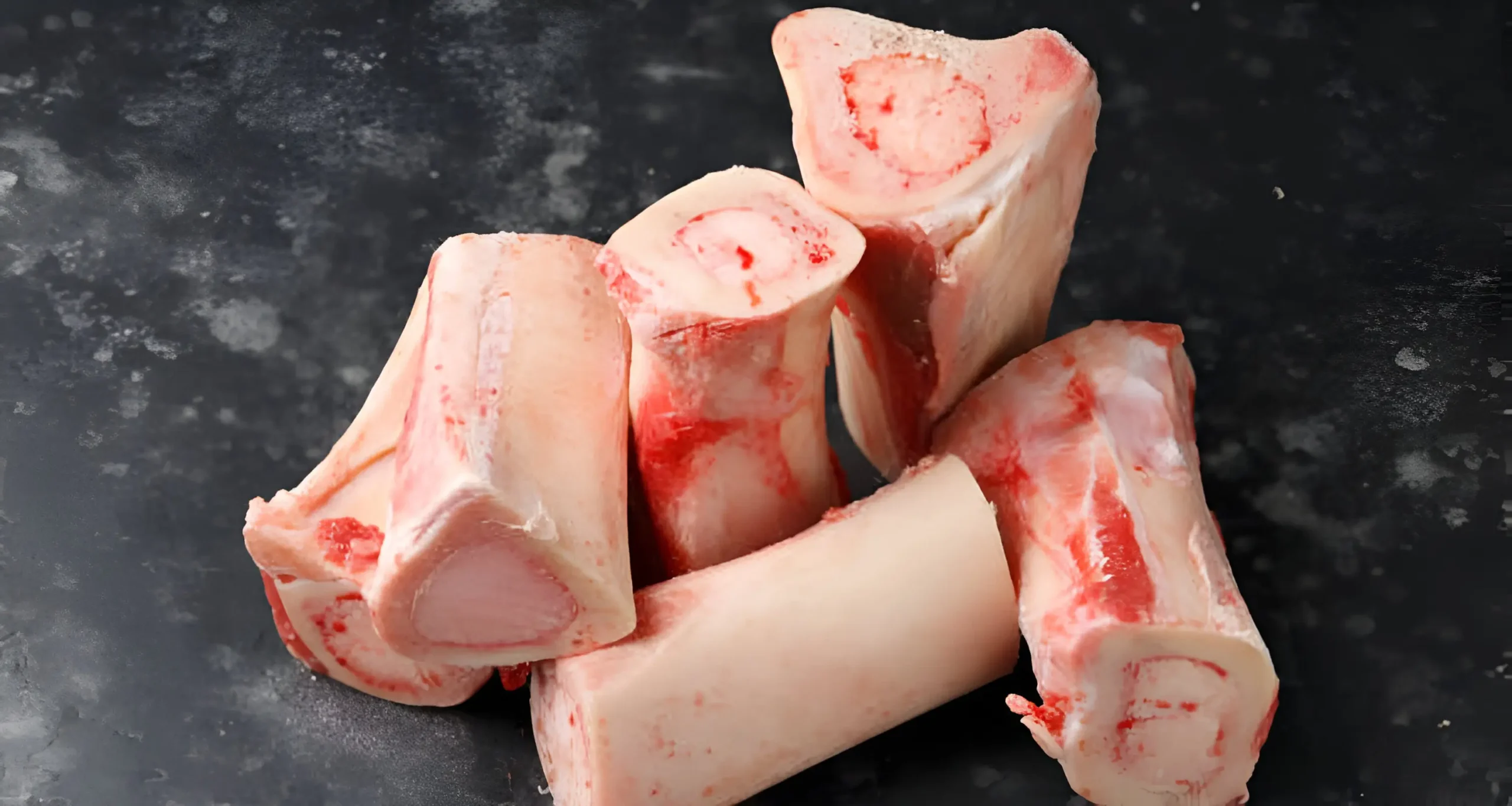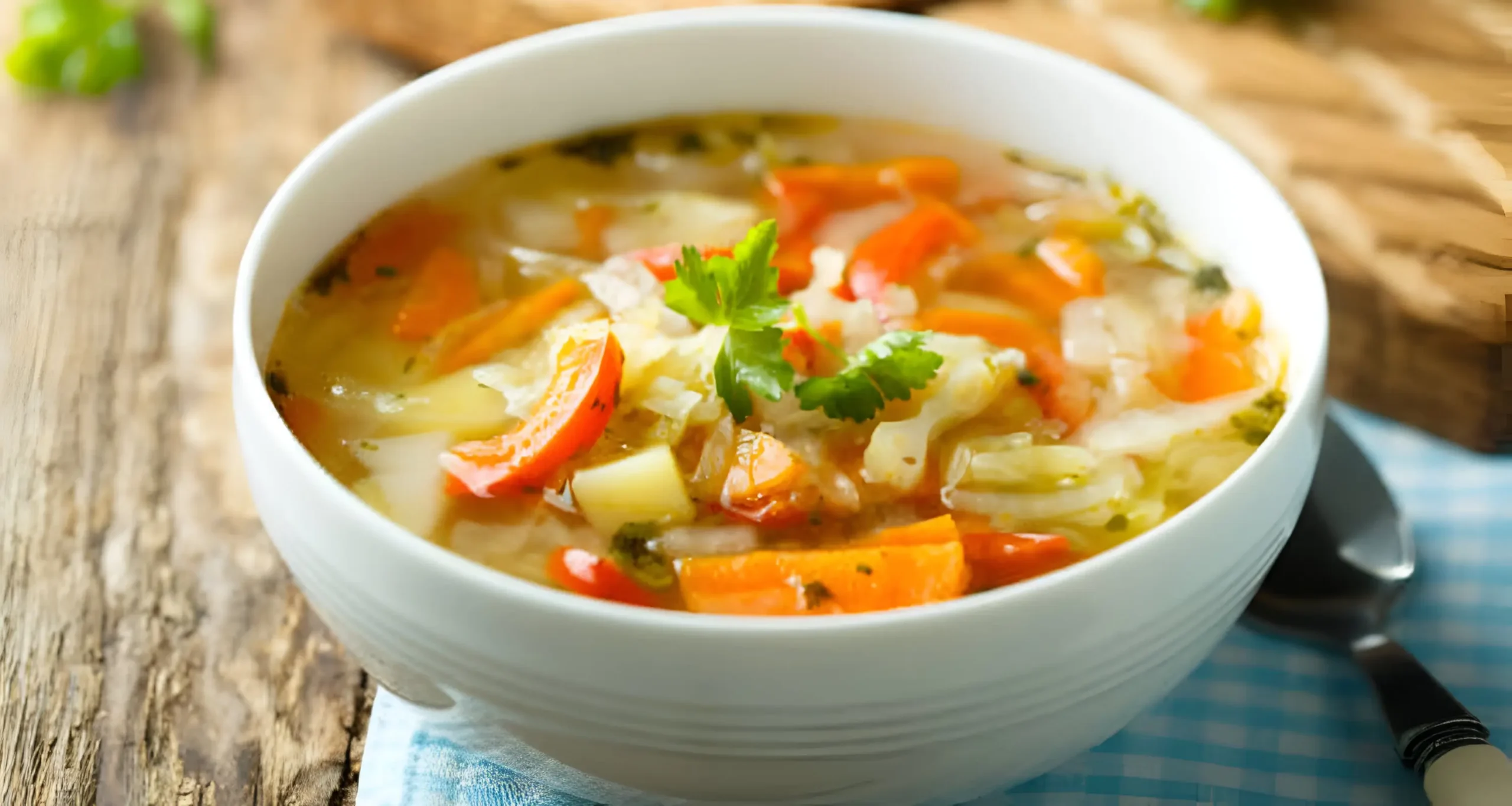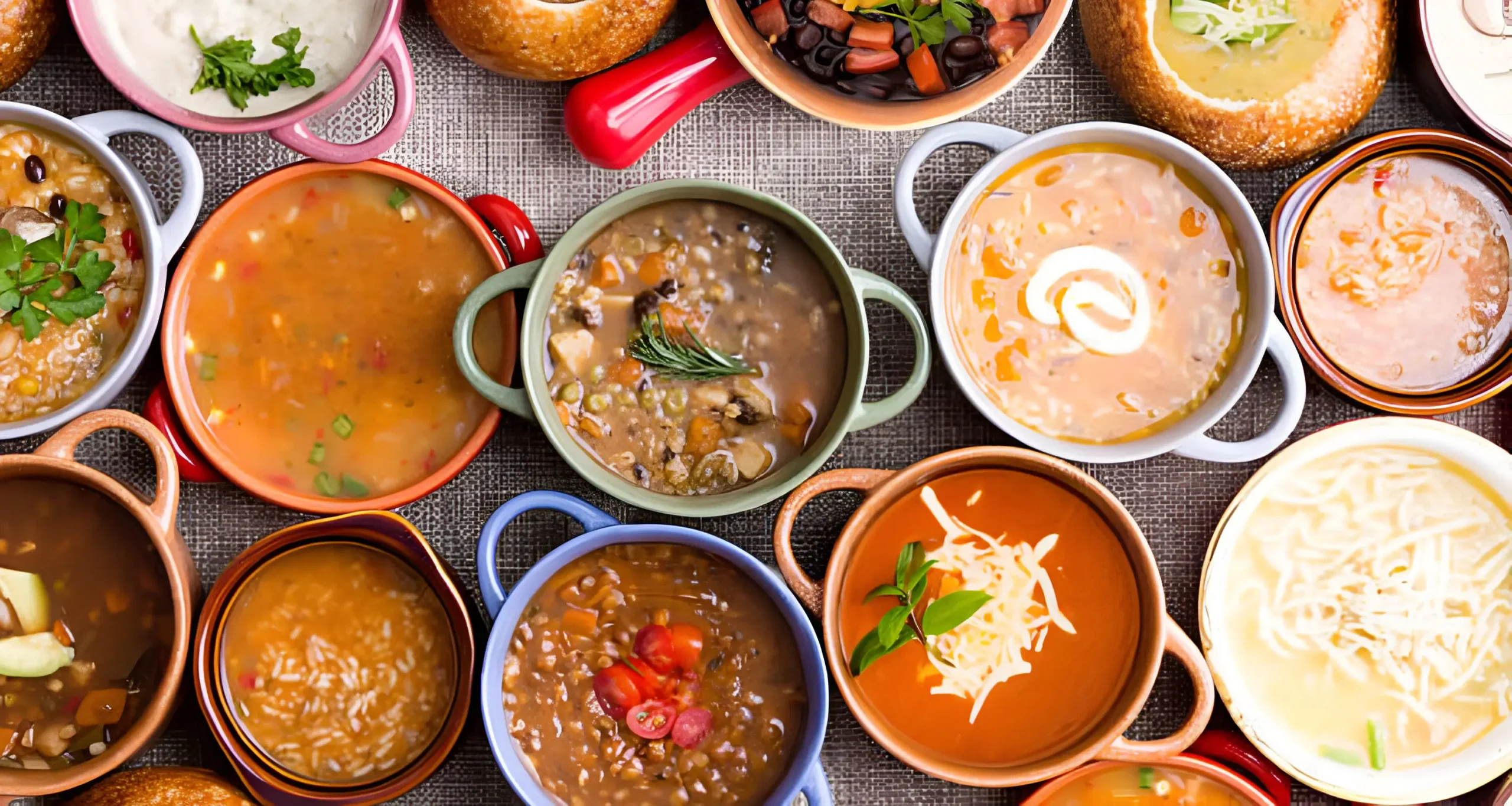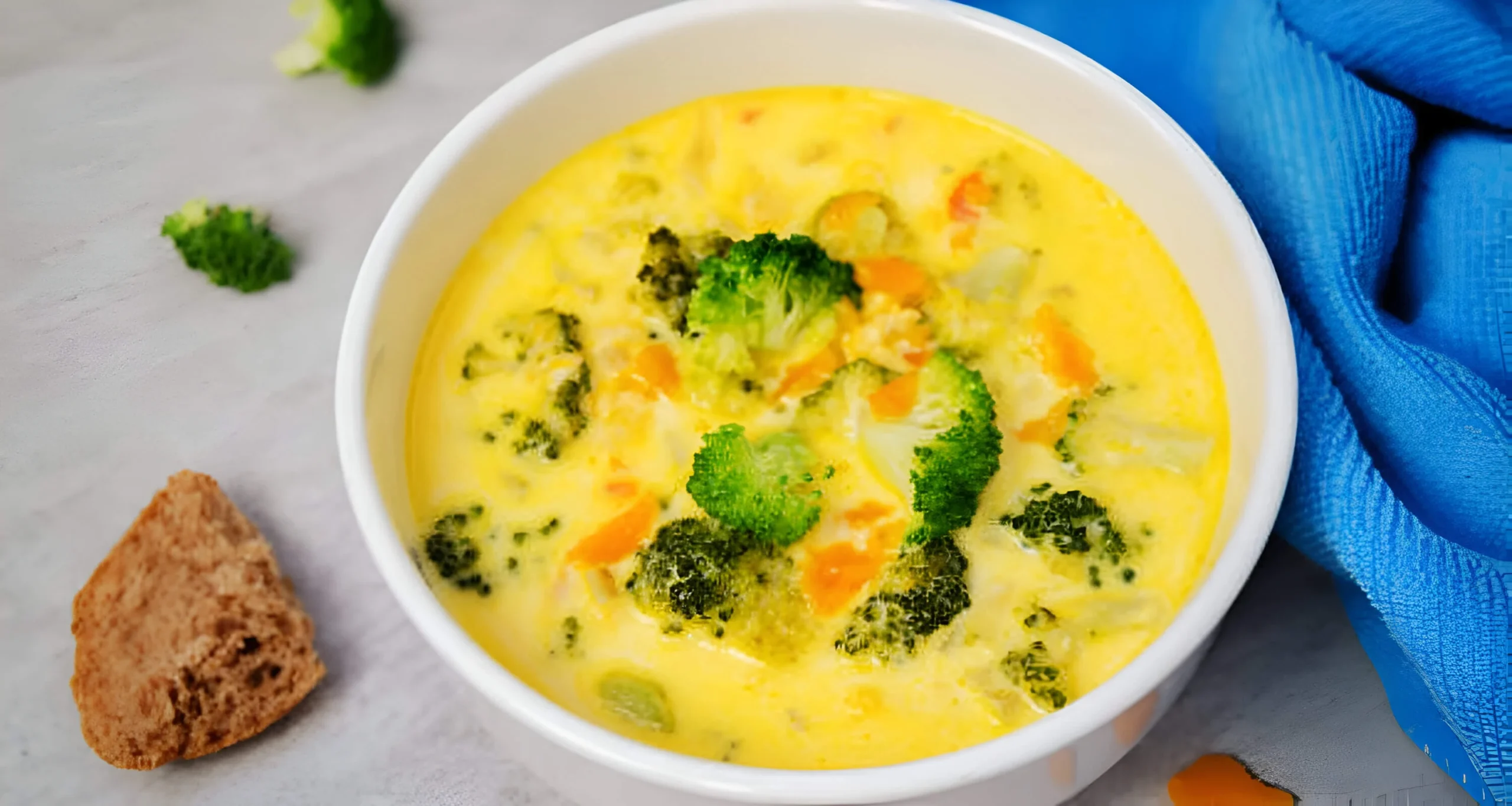What Is Mock Turtle Soup? Origins, History & Recipe
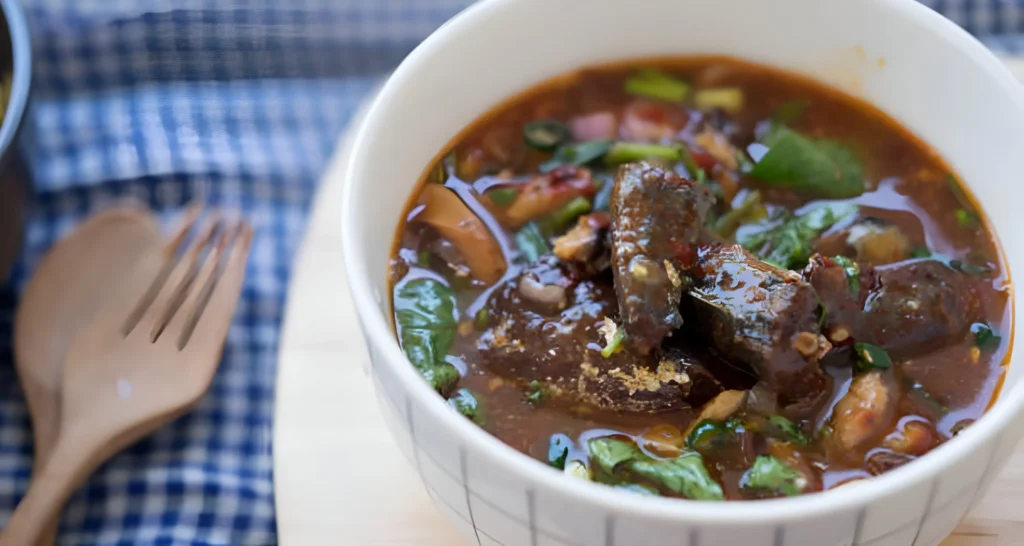
Mock turtle soup is a clever dish from the Victorian era. It was made to be cheaper than turtle soup. Home cooks and chefs in the United States loved it for turning simple ingredients into a tasty meal.
Looking into mock turtle soup, you find a story of creativity and thriftiness. It mixes meats like veal or beef with special spices. This makes it taste like real turtle soup.
In America and Britain, mock turtle soup became a favorite. It was a way to enjoy a fancy dish without spending a lot on turtle meat.
Key Takeaways
- Mock turtle soup originated as a budget-friendly alternative to expensive turtle soup
- The dish combines affordable meats with sophisticated seasonings
- Victorian era cuisine greatly influenced its development
- Creativity in cooking allowed for unique ingredient substitutions
- The soup represents a historical culinary innovation
Understanding Mock Turtle Soup Basics
Explore the world of mock turtle soup, a dish that has captured the hearts of many. It’s a mix of flavors and history that stands out from other soups.
Mock turtle soup was created for those who wanted a fancy soup without real turtle meat. It’s a clever mix of ingredients that tastes like the real thing.
Key Ingredients in Traditional Mock Turtle Soup
To make a true turtle soup, you need certain ingredients. These include:
- Veal or beef as the main meat
- Rich beef broth
- Hard-boiled eggs
- Aromatic herbs and spices
- Sherry or Madeira wine
Difference Between Real and Mock Turtle Soup
The main difference is in the meat. Real turtle soup uses turtle meat, while mock turtle soup uses veal or beef.
| Characteristic | Real Turtle Soup | Mock Turtle Soup |
|---|---|---|
| Meat Source | Turtle Meat | Veal or Beef |
| Availability | Limited | Widely Available |
| Cost | Expensive | More Affordable |
Common Variations and Regional Styles
Mock turtle soup has many variations around the world. In the South, it’s made with local spices. In Europe, it has unique herbs that show off local tastes.
Whether you love history or food, mock turtle soup is a tasty trip through culinary creativity.
The Historical Evolution of Mock Turtle Soup
Mock turtle soup started in the 19th century. It was a clever idea by cooks and chefs looking for cheaper food. This dish is more than a recipe; it’s a story of smart cooking and finding ways to save money.
Back then, real turtle meat was only for the rich. But cooks found ways to make something similar with cheaper ingredients. They used calves’ heads and feet and made special seasonings to get the turtle taste.
- Primarily used calves’ heads and feet as primary substitutes
- Developed complex seasoning techniques to mimic turtle meat’s unique taste
- Transformed a high-end dish into an accessible culinary experience
To understand mock soup, we need to see its place in society. It showed how cooks could make fancy dishes for everyone, not just the rich.
“Cooking is about adaptation, and mock soup represents the pinnacle of culinary innovation” – Historical Gastronomy Expert
Over time, different places made their own versions of mock turtle soup. Each one used local foods and tastes, making the dish even more interesting.
| Time Period | Culinary Significance | Key Developments |
|---|---|---|
| 1800-1850 | Initial Recipe Experiments | First mock turtle soup recipes developed |
| 1850-1900 | Widespread Popularity | Standardized cooking methods established |
| 1900-1950 | Culinary Refinement | Regional variations introduced |
Today, mock turtle soup is a symbol of creative cooking. It shows how clever ideas and simple ingredients can make amazing food.
Victorian Era Origins and Social Significance
The Victorian era saw a big change in food, making mock soup a sign of wealth and new ideas in cooking. This dish became a key part of fancy dining, showing the complex social life of 19th-century Britain.
Mock turtle soup was a clever way to enjoy a dish once only for the rich. Chefs found ways to make it taste like turtle soup using cheaper ingredients. This let more people enjoy a taste of luxury without spending a lot.
mock soup in British Cuisine
mock soup quickly became popular in British kitchens. Both home cooks and professional chefs loved making it. It used:
- Calf’s head as the main meat substitute
- Rich, tasty broths
- Special seasonings
- Advanced cooking methods
Social Class and Culinary Innovation
Mock soup was more than food; it was a way to show off. Making a fancy mock soup showed a family’s cooking skills and dreams. It let new middle-class families act like the aristocracy, using gastronomic creativity to bridge social gaps.
“In every mock turtle soup, there was a story of ambition, innovation, and social mobility.” – Victorian Culinary Historian
Victorian chefs turned simple ingredients into a fancy dish. This showed their amazing skill in making something special from everyday things. Mock turtle soup was a symbol of the era’s creativity and clever use of food.
How Mock Turtle Soup Got Its Name
The name “what is mock turtle soup” comes from a fun story in the 19th century. Back then, real turtle meat was only for the rich. Chefs found a way to make a similar dish using cheaper ingredients.
To understand mock turtle soup, we look at its playful start. “Mock” means imitation, showing the soup’s clever mix. Chefs used veal or calf’s head to make it taste like turtle soup.
- Veal was the main meat used as a turtle substitute
- Cooks seasoned the soup to match turtle soup’s taste
- The dish was a culinary joke, showing off cooking skills
Lewis Carroll’s Alice’s Adventures in Wonderland made the mock turtle famous. This character showed the fun side of mock turtle soup’s creation.
| Ingredient | Turtle Soup Original | Mock Turtle Soup Replacement |
|---|---|---|
| Meat | Turtle Meat | Veal or Calf’s Head |
| Cost | Expensive | Affordable |
| Availability | Rare | Widely Accessible |
“Mock turtle soup” is more than a recipe. It shows creativity and adaptability in cooking. Chefs turned expensive ingredients into affordable dishes, showing their skill and imagination.
Essential Ingredients for Authentic Mock Turtle Soup
To make a real mock turtle soup, you need to pick the right ingredients. These should bring out the deep, complex flavors of this classic dish. Even though the original recipe used turtle meat, today’s versions use creative alternatives that keep the soup’s unique taste.
Traditional Meat Selections
The core of a traditional turtle soup recipe is the meat. It adds depth and richness. Chefs often choose from these main proteins:
- Veal (most traditional substitute)
- Beef chuck
- Ground beef
- Calf’s head meat
Herbs and Seasonings Guide
To make the perfect mock turtle soup, you need to mix herbs and spices just right. Key seasonings that boost the soup’s flavor are:
- Fresh parsley
- Thyme
- Bay leaves
- Worcestershire sauce
- Cayenne pepper
Alternative Ingredient Options
Today, mock turtle soup recipes have more options. Vegetarians and health-conscious cooks can try different proteins:
- Mushroom-based proteins
- Seitan
- Jackfruit
- Plant-based meat substitutes
No matter what ingredients you choose, the secret to great mock turtle soup is layering flavors. And always respect the dish’s rich history.
Step-by-Step Mock Turtle Soup Recipe
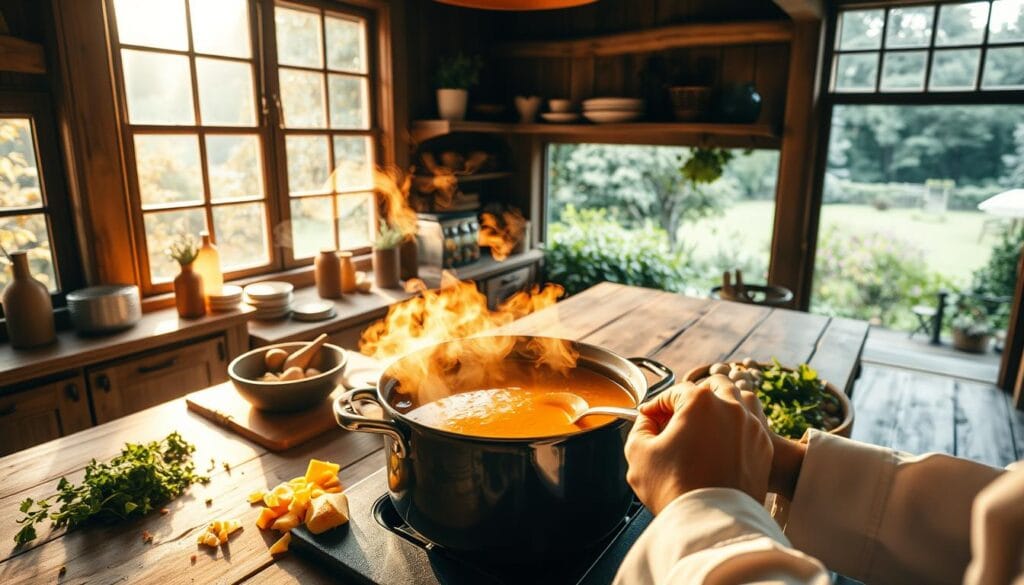
Making a real turtle soup recipe needs careful steps and focus. Your mock turtle soup will bring back old flavors with this method. It mixes rich ingredients for a memorable taste.
To start your mock turtle soup, get these key ingredients:
- 2 pounds ground beef or veal
- 1 large onion, diced
- 2 celery stalks, chopped
- 4 cups beef broth
- 2 tablespoons all-purpose flour
- 2 hard-boiled eggs, chopped
- Fresh parsley
- Salt and pepper to taste
Here’s how to make the best mock turtle soup:
- Brown the meat in a large pot over medium heat
- Add onions and celery, cooking until softened
- Sprinkle flour over the meat mixture, stirring thoroughly
- Slowly pour in beef broth, stirring constantly
- Simmer the soup for 45-60 minutes
- Season with salt and pepper
- Garnish with chopped hard-boiled eggs and parsley
For an exceptional mock turtle soup, use top-quality beef or veal. Let it simmer slowly for a deep flavor. The secret to great turtle soup is patience while cooking.
Your homemade mock turtle soup will wow everyone with its classic taste and warm texture. It connects you to a rich culinary tradition that lasts through generations.
Campbell’s Turtle Soup vs Homemade Versions
Mock turtle soup has big differences between Campbell’s turtle soup and homemade recipes. Each offers a unique taste experience. They suit different tastes and cooking levels.
Deciding between Campbell’s turtle soup and homemade mock turtle soup involves several things:
- Convenience of store-bought options
- Authenticity of traditional recipes
- Flavor complexity
- Nutritional variations
Taste Comparison and Analysis
Campbell’s turtle soup is quick and has a standard taste. Homemade mock turtle soup lets you choose your flavors and ingredients. It’s more personal and can taste better.
Nutritional Value Differences
Nutrition changes a lot between Campbell’s turtle soup and homemade versions. Homemade recipes usually:
- Have fewer preservatives
- Let you control sodium
- Use fresh, quality ingredients
- Can be healthier
The big difference is in ingredients and how they’re made. Campbell’s turtle soup is fast, but homemade mock turtle soup is more personal and might be healthier.
Modern Adaptations of Mock Turtle Soup
Today, chefs are making mock turtle soup exciting again. They’re turning this old dish into something new for food lovers. No longer stuck in the past, mock soup is now a place for creativity.
Modern chefs are trying new things with mock turtle soup:
- Vegetarian and vegan versions with plant-based proteins
- Fusion recipes with flavors from around the world
- Using molecular gastronomy to change the classic recipe
Mock turtle soup has grown beyond its Victorian days. Fancy restaurants are making it in new ways. They’re using ingredients like:
| Ingredient Category | Innovative Substitutions |
|---|---|
| Protein | Jackfruit, seitan, mushroom-based alternatives |
| Broth | Coconut milk, roasted vegetable stock |
| Seasonings | Exotic spice blends, truffle oil |
You can find mock turtle soup in places you wouldn’t expect. It’s on fancy menus and in food trucks. This shows how old recipes can be updated and loved again.
Tips for Perfect Mock Turtle Soup Preparation
Making a great turtle soup recipe needs skill and focus. Whether you cook at home or love cooking, learning to make mock turtle soup can improve your cooking skills.
To make a tasty mock turtle soup, you need to know some important techniques. These techniques turn simple ingredients into a fantastic dish. Both professional chefs and home cooks know that success comes from careful preparation and exact steps.
Common Cooking Mistakes to Avoid
When making your mock turtle soup, avoid these big mistakes:
- Overcooking the meat, which can make it tough and chewy
- Skipping the initial meat browning process
- Using low-quality or insufficient seasonings
- Neglecting to simmer the soup long enough to develop deep flavors
Storage and Reheating Guidelines
Storing your mock turtleneck soup right keeps its flavor and texture:
- Cool the soup completely before storing
- Refrigerate in airtight containers
- Consume within 3-4 days for optimal taste
- Reheat slowly on low heat, stirring occasionally
Pro tip: Avoid rapid temperature changes when storing and reheating to preserve the soup’s delicate flavor profile.
Regional American Variations of Mock Turtle Soup
Mock turtle soup has a fascinating journey across the United States. Each region adds its own twist, using local ingredients and cooking styles.
In New Orleans, the soup gets a Creole flavor. Chefs add spicy seasonings and sherry, making it stand out.
- New Orleans Style: Spicy Creole seasoning
- Cincinnati Approach: Hearty beef-based version
- Southern Countryside: Rustic, slow-cooked interpretation
Cincinnati’s version is heartier. It uses beef, making the soup a meaty dish that honors the region’s farming.
The Southern countryside has its own take. Home cooks use local ingredients and slow cooking for deep flavors.
“Every region tells a story through its mock turtle soup” – American Culinary Traditions
Mock turtle soup shows American creativity and adaptability. Exploring these variations shows how a recipe can change across different cultures.
Health Benefits and Nutritional Information
Mock turtle soup is more than just tasty. It’s also good for your health. Made with lean meats and fresh veggies, it’s a protein-rich meal full of important nutrients.
The nutritional profile of mock turtle soup includes:
- High-quality protein from meat base
- Essential amino acids
- Vitamins B and D
- Minerals like iron and zinc
Mock turtle soup can be made healthier by using lean meats like veal or chicken. This reduces calories. The veggies add extra vitamins and minerals, boosting the soup’s health benefits.
Its high protein content is great for muscle health. A serving has about 15-20 grams of protein. This helps meet your body’s daily protein needs.
| Nutrient | Average Quantity per Serving |
|---|---|
| Protein | 18g |
| Calories | 250-300 |
| Fat | 12-15g |
Homemade mock turtle soup lets you choose what goes in. It’s a healthy meal choice for those who care about their diet.
Pairing Suggestions and Serving Ideas
Enhancing your mock turtle soup experience is more than just the recipe. The right sides and drinks can turn this classic dish into a memorable meal. It will delight your taste buds and impress your guests.
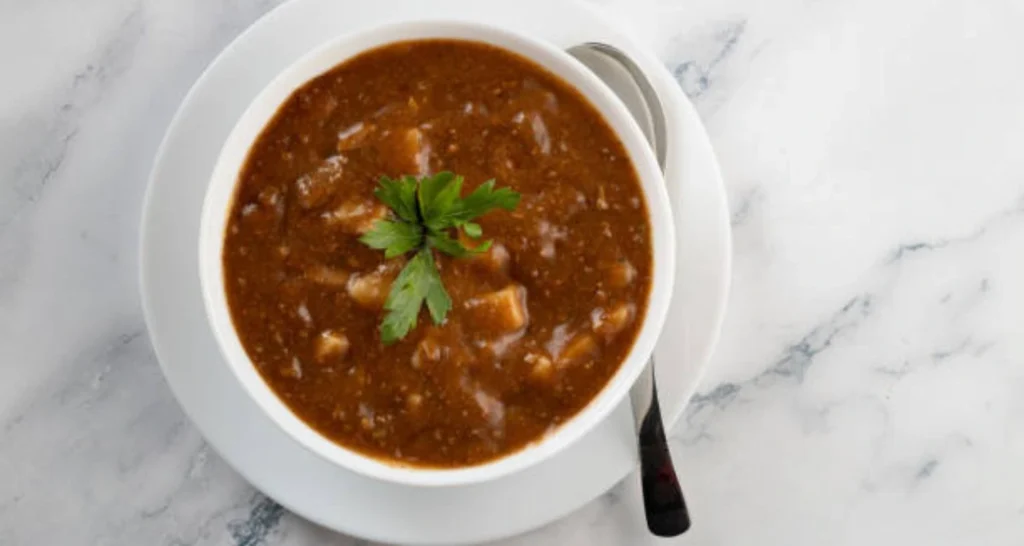
When serving your mock turtleneck soup, think about these pairing suggestions. They match the rich, complex flavors of the dish perfectly.
Complementary Side Dishes
Choosing the right sides can make your mock turtle soup even better. Look for light and crisp options that balance the soup’s bold taste:
- Crusty artisan bread with herb butter
- Crisp garden salad with vinaigrette
- Roasted vegetable medley
- Cornbread with honey butter
Beverage Recommendations
The right drink can take your mock turtleneck soup to the next level. Here are some drink pairings to consider:
- White Wines: Chardonnay or Sauvignon Blanc
- Red Wines: Light Pinot Noir
- Crisp craft beer
- Sparkling water with lemon
Your mock turtle soup becomes a work of art with the right sides and drinks. They bring out its unique flavors.
Troubleshooting Common Recipe Issues
Mock soup can be tricky, even for skilled cooks. Knowing common problems helps you make a tasty dish with ease.
Several issues might pop up when making mock turtle soup. Understanding these can help you fix them smoothly.
- Consistency Problems: If your soup is too thin, simmer it longer to thicken and enhance flavors
- Seasoning Challenges: Taste and adjust seasonings slowly to avoid overpowering the meat
- Use fresh herbs for the best flavor in your mock turtle soup
- Make sure meat is tender before adding it to the soup
Changing ingredients can greatly affect your mock turtle soup. Beef or veal are good substitutes if you can’t find traditional ingredients.
Keeping the temperature right is key. Simmer gently to keep the meat tender and ingredients together.
- Keep the heat low and steady
- Stir now and then to stop sticking
- Use a heavy pot for even heat
Experts say to taste and adjust your turtle soup as you cook. Small changes can make a big difference in taste.
Conclusion
Mock turtle soup is a journey through American and British food history. It shows the power of culinary creativity. This dish was made from affordable ingredients, creating a memorable experience for many.
Exploring mock turtle soup, you see its cultural roots and adaptability. It has been loved from Victorian kitchens to today’s tables. It’s a dish that fascinates with its flavors and history.
Try making mock turtle soup in your kitchen. It’s a chance to connect with our food heritage. This dish is a delicious link to our culinary past.
Great cooking is about passion, creativity, and tradition. By trying unique recipes like mock turtle soup, we keep traditions alive. This way, future generations can enjoy them too.
FAQ
What exactly is mock turtle soup?
Mock turtle soup is a dish that tastes like real turtle soup but uses different ingredients. It was made in the Victorian era as a cheaper option. Ingredients like calf’s head, veal, or beef are used instead of turtle meat.
Why was mock turtle soup created?
It was made to be affordable for people who wanted turtle soup’s taste but couldn’t afford real turtle meat. In the 19th century, exotic ingredients were hard to find for most people.
Is mock turtle soup popular today?
Not as much as it was back in the Victorian era. But, it’s a nostalgic dish in some places in the U.S. and U.K. Some chefs and home cooks make it today.
What are the main ingredients in a traditional mock turtle soup?
It has meat like calf’s head or veal, herbs, spices, veggies, and a rich broth. Madeira wine, herbs, and veggies add to its flavor.
How does mock turtle soup differ from real turtle soup?
The main difference is the meat. Real turtle soup has actual turtle meat, which is rare today. Mock turtle soup uses other meats to mimic turtle’s taste and texture.
Can vegetarians enjoy mock turtle soup?
Yes, there are vegetarian and vegan versions. They use plant-based proteins like mushrooms or lentils to get the traditional taste and texture.
Where did the name “mock turtle soup” come from?
It comes from Lewis Carroll’s “Alice’s Adventures in Wonderland.” The name is a playful nod to the creative use of cheaper ingredients instead of expensive ones.
How long does it take to prepare mock turtle soup?
It takes about 2-3 hours to make. This includes preparing ingredients, cooking the meat, and simmering the soup to get its rich flavors. It requires patience and attention to detail.
Are there regional variations of mock turtle soup?
Yes, different places have their own versions. For example, New Orleans might add Creole seasonings, while Cincinnati might have its own local flavors.
Is mock turtle soup nutritious?
It can be, depending on the ingredients. It has protein from meat and veggies, and nutrients from herbs and spices. But, the nutritional value can change with different recipes.
Add a Dash of Your Thoughts!
There are no reviews yet. Be the first one to write one.

